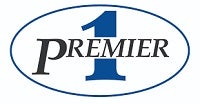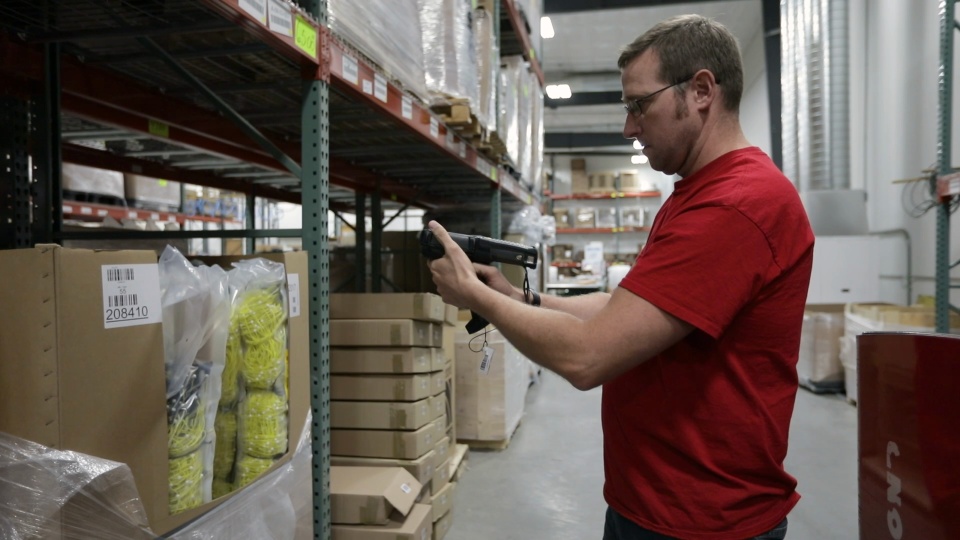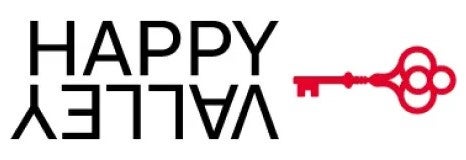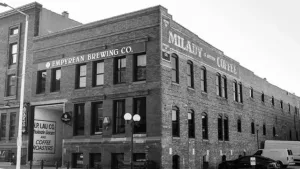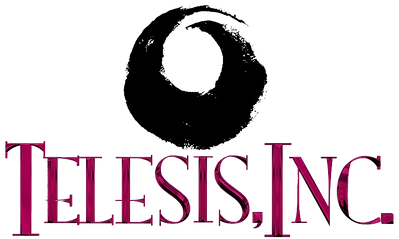Premier 1 Supplies has been providing electric fencing and electric netting, sheep and goat supplies, clippers and shearers, ear tags, poultry products and expert advice to livestock farmers throughout the United States for more than 40 years via traditional mail order catalog and their website. Founded in 1977– when Stan Potratz returned to Iowa and the family farm after a 10-year stretch away working in the UK as a farm manager — upon learning that much of the equipment he had been using wasn’t available in the U.S., Potratz began importing the equipment he needed for the family farm’s operations.
Word of the better equipment spread, and soon Potratz and his wife, Jean, were supplying agricultural products nationwide through traditional mail order catalogs sent out several times each year. The business grew organically as other farmers interested in producing sheep, chicken and goats learned of Premier 1’s products and expertise.
By 2008, Premier 1 had grown to several thousand items requiring a more robust system for the family business operations. On the advice of consultants, the company implemented Sage MAS500 and an add-on called Direct500, which provided some basic e-commerce functionality.
“It was a big shift because they were running on MACs, creating the mail order catalogs. They had to make the move to Windows, but they went for it,” says Ben Rothe, Premier 1 now CEO who became an owner in the business when his aunt and uncle retired.
That software transition was painful and still fresh in employees’ minds even 10 years later. “Everybody remembers the time when (MAS500) rolled out and was torture for three months,” Rothe says. “Sales fell, Sage VAR was unresponsive, and it was just awful.”
Legacy Software not PCI Compliant
When Rothe joined the company in 2015, the 55-employee company was still using the legacy ERP which he noted as “a stuck-in-time legacy system” that wasn’t being supported. Rothe began his search for a new ERP when Premier 1’s payment card processor informed them they needed newer software to remain PCI compliant.
The company’s software was so old, “no one knew how to upgrade us,” Rothe says. “We talked to some firms that could keep Sage alive but at the cost they estimated, it felt almost like starting over. We decided to look at what was out there.”
Frustrated with the lack of support and limited features and recognizing that some software firms weren’t investing for the future, Rothe skipped legacy ERP providers. Instead, he researched cloud-based SaaS software firms, a category with which he was familiar from his background as a software developer running an e-commerce firm for two decades.
“I am very comfortable with the concept of having my product in the cloud, and an open API layer and the cloud’s features and benefits didn’t need a lot of explaining,” Rothe says. “I knew what they could do and mean for our business.”
Premier 1 Team Searched for Cloud ERP
To help secure a new ERP, Rothe assembled a software evaluation team of five, carefully choosing employees from different departments. He wanted an easy-to-upgrade, modern solution from a provider poised for growth. “I wanted a company that was going to last and was growing so we wouldn’t be in the same boat five to 10 years down the road.”
“We hunted far and wide for B2C solutions, but only found pieces of the whole of what we needed,” Rothe says. “We’re a high volume B2C company and were finding that a lot of companies like us resort to heavy customization since it can prove to be difficult to find everything needed. I did feel like we were in this mid-sized wasteland where there’s not a B2C ERP out there.”
Rothe’s research led him to e-commerce players Oracle NetSuite and Acumatica, and he briefly considered a custom-made solution.
 Canada (English)
Canada (English)
 Colombia
Colombia
 Caribbean and Puerto Rico
Caribbean and Puerto Rico
 Ecuador
Ecuador
 India
India
 Indonesia
Indonesia
 Ireland
Ireland
 Malaysia
Malaysia
 Mexico
Mexico
 Panama
Panama
 Peru
Peru
 Philippines
Philippines
 Singapore
Singapore
 South Africa
South Africa
 Sri Lanka
Sri Lanka
 Thailand
Thailand
 United Kingdom
United Kingdom
 United States
United States
